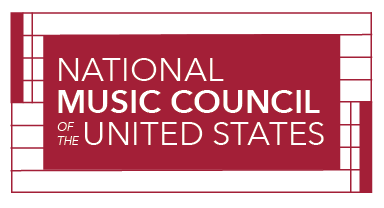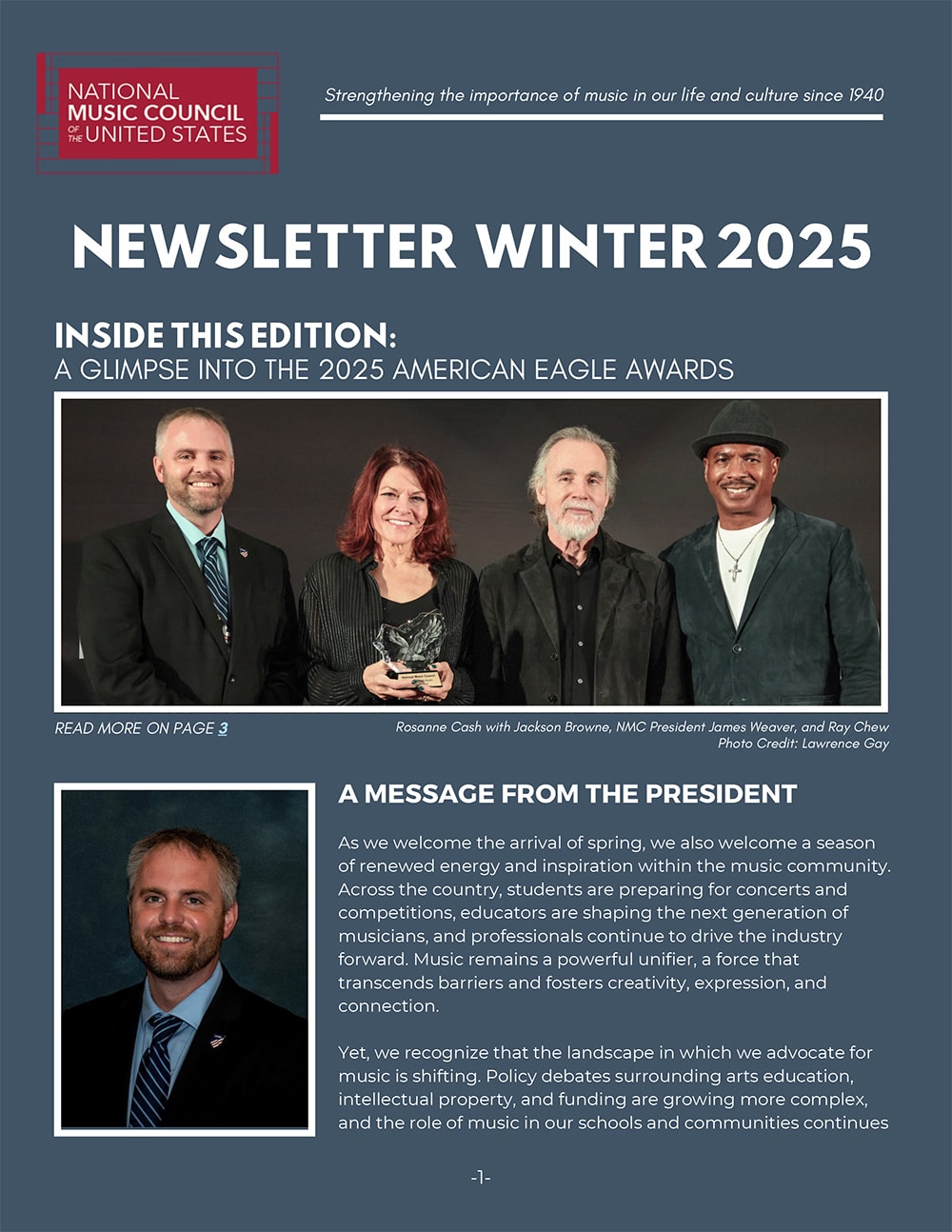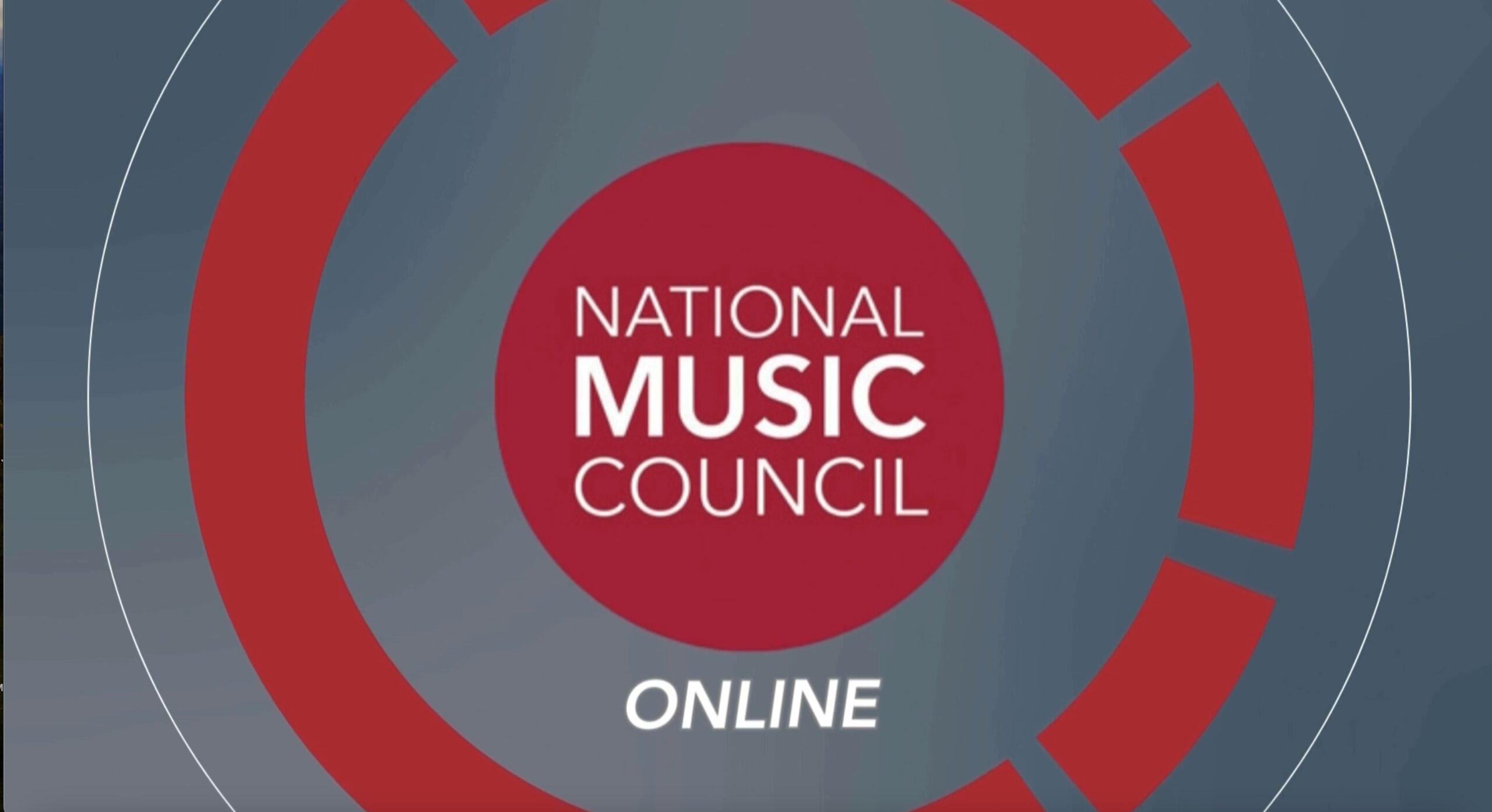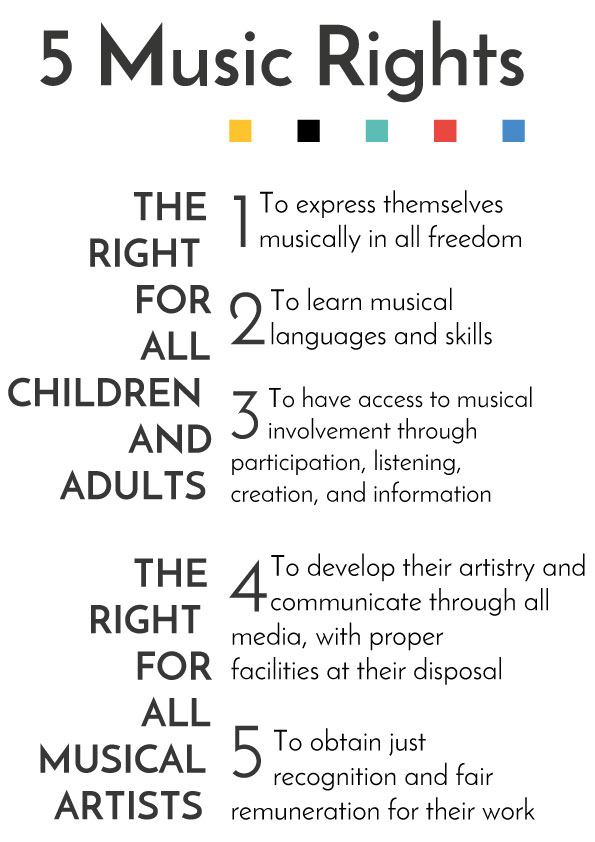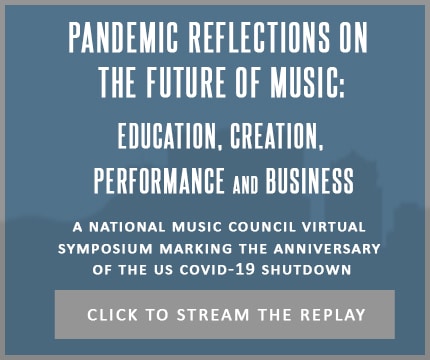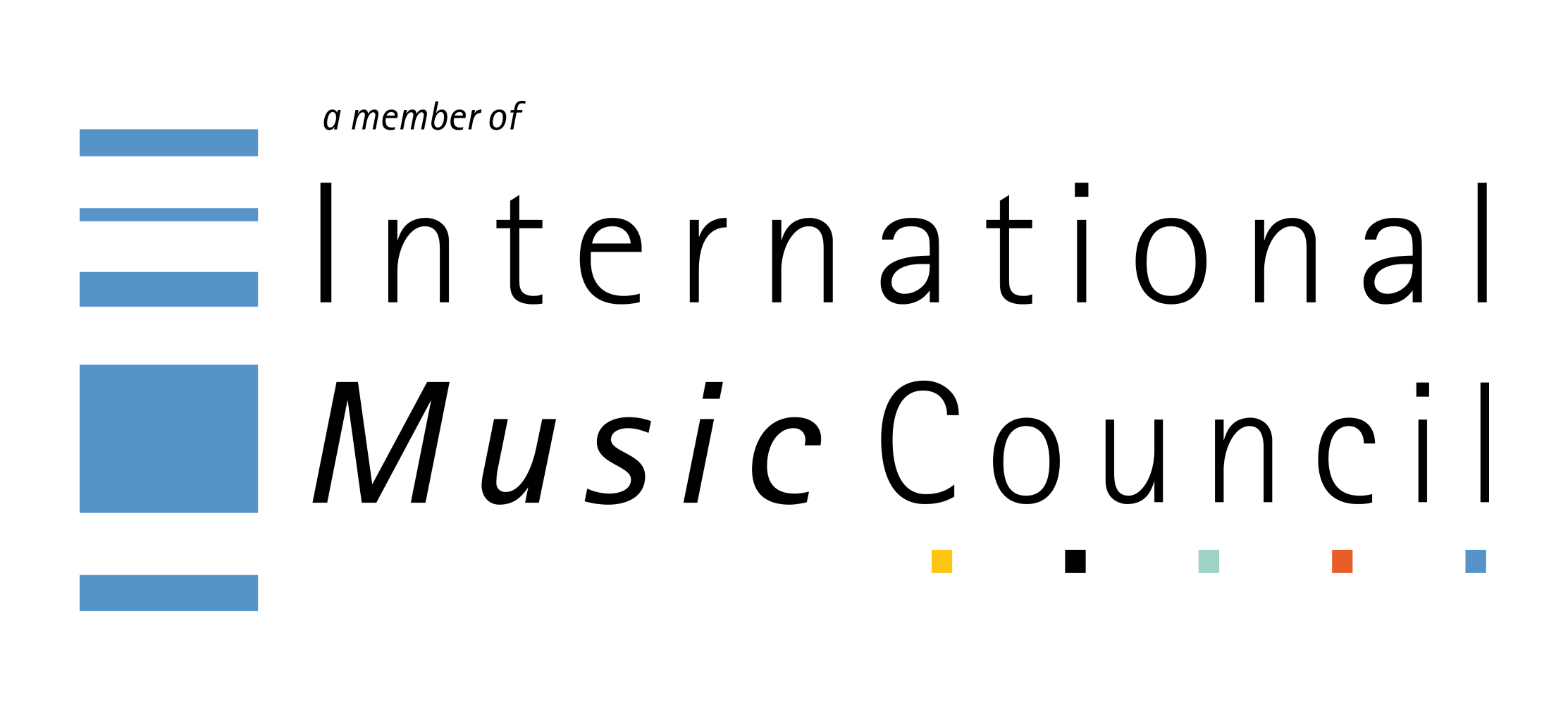Second Round of Performing Arts Aerosol Study Produces Encouraging Preliminary Results

Over 125 organizations have pledged their support and donated time and resources to find ways to reduce the risk of returning to rehearsals and performances for music, speech, debate, theatre, academic, and aerobic activities. Researchers at the University of Colorado Boulder and the University of Maryland are over one month into a six-month study.
The study, commissioned by the National Federation of State High School Associations (NFHS), the College Band Directors National Association (CBDNA) and a coalition of more than 125 performing arts organizations, including the National Music Council, has generated a second set of preliminary results that provides further optimism for mitigating the impact of COVID-19 on performing arts activities.
Preceded by initial results released on July 13 that centered on aerosol pathways from a soprano singer and subjects playing four different musical instruments, the second phase of experimentation investigated aerosol from additional singers and instruments, as well as theatre performers. A final report, which will incorporate more testing on the aforementioned areas along with speech and debate activities and an aerobic simulation, is expected with the completion of the study in December.
“The goal of this study from the beginning was to identify the issues of aerosol production in performing arts activities, and to find a way forward so these activities will survive the pandemic,” said study co-chair Dr. Mark Spede, CBDNA President and Clemson University director of bands. “We are identifying ways performing arts participants can meet in person with the lowest risk possible.”Powered by research teams at the University of Colorado and the University of Maryland, the study’s second round of findings is highlighted by five principal takeaways related to masks, distance, time, air flow and hygiene with the goal of creating the safest possible environment for bringing performing arts back into classrooms, band rooms, rehearsal spaces, performance halls and on athletic fields.
The most recent findings for performing arts participants in music, band, choir, speech and theatre reinforced the masking measures from the original study results. Those results found that affixing masks to participants and applying bell cover “masks” to musical instruments significantly reduced the range of aerosol particle emissions.
Personal masks should be well-fitting, multi-layered, washable or disposable, and surgical in style. Ideally, bell covers should be made of non-stretchy material that has a Minimum Efficiency Reporting Value (MERV) of 13 – a rating known to protect against cough and sneeze, bacteria and virus particles. However, any type of covering is better than nothing.
Long-established social distancing guidelines from the Centers for Disease Control and Prevention (6 feet by 6 feet) should be applied at all times, with additional space (9 feet by 6 feet) allocated to accommodate trombone players. Masks can be optional but are strongly recommended while performing or rehearsing outdoors; instrument bell covers, however, should be used in all settings.
Study statistics indicate limiting rehearsal times to 30 minutes or less significantly reduces the quantity and spread of aerosol among the individuals involved. Following an indoor rehearsal, activities leaders should wait until at least one HVAC air change has occurred prior to using the same room again although three air changes is the goal. Outdoors, playing should stop for approximately five minutes after each 30-minute segment to allow the aerosol to disperse.
As can be expected, optimal air flow is achieved during outdoor rehearsals. For programs looking to use tents as a means of sheltering performers outdoors, open-air tents – those with high rooftops and without walls – should be employed. HEPA filters are strongly recommended to increase the amount of clean air and the number of air changes per hour for indoor rehearsals.
Additional guidance can be found on the American Society of Heating, Refrigerating and Air-
Conditioning Engineers (ASHRAE) website: https://www.ashrae.org.
Finally, the second round of results places a strong emphasis on hygiene. In addition to basic hygienic measures like keeping common areas sanitized and encouraging frequent handwashing, it is recommended that instrument spit valves be emptied onto absorbent sheets such as puppy pads rather than directly onto the floor.
While several months of research remain ahead for the aerosol study, co- chair Dr. James Weaver, NFHS Director of Performing Arts and Sports, believes the preliminary findings and subsequent recommendations have already made a great impact on the feasibility of conducting performing arts activities in the near future.
“We know there are elevated aerosol productions that exist in performing arts activities,” Weaver said. “We feel strongly that the performing arts field is committed to the safety and well-being of all students, with a clear desire to understand what happens when
instruments are played, or people engage in singing, theatre or other expressive artistic experiences. We are beginning to understand what steps can be taken to mitigate concerns and allow students to engage in the many life- affirming experiences that are central to the arts.”
The National Music Council is proud to have been one of the sponsoring organizations of the study and recognizes NMC members NAMM, National Federation of High Schools, College Band Directors National Association, Country Music Association Foundation, Music Teachers National Association, Music Publishers Association of the US, National Association for Music Education, National Association of Teachers of Singing, Sigma Alpha Iota Philanthropies, and Songwriters Guild of America for their generous support of the project.
2nd Release of Preliminary Results on August 6th:
YouTube Presentation (Clean and Updated Audio)
Press Release on 2nd Round of Preliminary Data
PDF with 2nd Round of Preliminary Results
Preliminary results for woodwinds and brass released July 13th:
Press Release on Initial Findings
YouTube Presentation on Round 1 of Results
To learn more about the researchers and contributors, view past preliminary results and browse additional resources related to the aerosol study, please visit: https://www.nfhs.org/articles/unprecedented-international-coalition-led-by-performing-arts-organizations-to-commission-covid-19-study/
